Why Use A Polarised Camera Filter ?
A polarized camera filter is used to reduce glare and reflections from non-metallic surfaces such as water, glass, and foliage. It helps to enhance color saturation, improve contrast, and increase overall image quality. By selectively blocking certain polarized light waves, the filter allows for more accurate and vibrant colors to be captured by the camera. Additionally, it can also be used to darken skies and emphasize cloud formations. Overall, using a polarized camera filter can greatly enhance the visual impact of photographs by reducing unwanted reflections and improving the overall clarity and quality of the image.
1、 Reducing glare and reflections in photography with a polarized filter.
Why use a polarized camera filter? One of the main reasons is to reduce glare and reflections in photography. Glare and reflections can be a major issue when shooting outdoors, especially when photographing water, glass, or other highly reflective surfaces. A polarized filter helps to minimize these unwanted reflections, resulting in clearer and more vibrant images.
When light reflects off a non-metallic surface, it becomes polarized, meaning the light waves align in a specific direction. A polarized camera filter is designed to block these polarized light waves, allowing only light waves that are aligned in a certain direction to pass through. By doing so, the filter helps to eliminate or reduce the glare and reflections caused by the polarized light.
In addition to reducing glare and reflections, a polarized filter can also enhance colors and improve overall image quality. By blocking certain light waves, the filter can increase color saturation and contrast, resulting in more vivid and eye-catching photographs. This is particularly beneficial when photographing landscapes, where the filter can make the sky appear bluer and the foliage appear greener.
Furthermore, a polarized filter can also be used to darken the sky, making clouds stand out more prominently. This can add drama and depth to landscape photographs, creating a more visually appealing composition.
It is worth noting that the use of polarized filters has evolved over time. With advancements in digital photography and post-processing techniques, some photographers argue that the effects of a polarized filter can be replicated or enhanced in software. While this may be true to some extent, it is important to remember that using a polarized filter at the time of capture can save time and effort in post-processing, as well as provide a more accurate representation of the scene.
In conclusion, a polarized camera filter is a valuable tool for photographers looking to reduce glare and reflections in their images. It not only improves image quality by enhancing colors and contrast but also adds versatility and convenience to the photographic process.
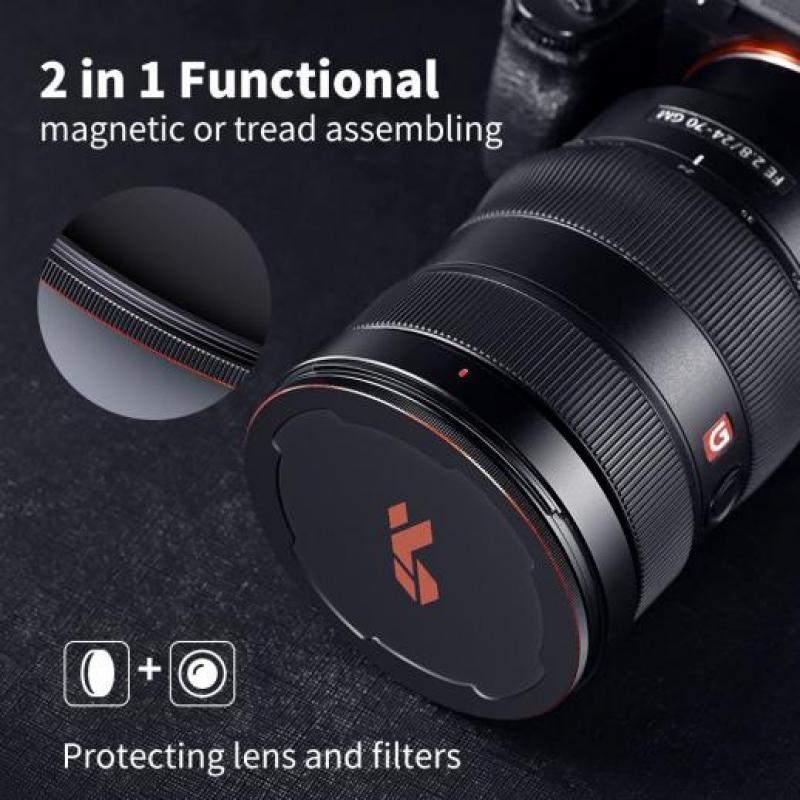
2、 Enhancing color saturation and contrast in outdoor photography.
A polarised camera filter is a valuable tool for outdoor photography as it helps enhance color saturation and contrast in images. By selectively filtering out certain light waves, a polarised filter can reduce glare and reflections, resulting in more vibrant and saturated colors.
When photographing landscapes, the filter can make a significant difference in the final image. It can deepen the blue of the sky, making it appear more intense and saturated. This effect is particularly useful when capturing scenes with water, as the filter can reduce reflections on the surface, allowing the camera to capture the true colors and details beneath.
Moreover, a polarised filter can enhance contrast by reducing haze and atmospheric pollution. It helps to bring out the details in distant objects and make the overall image appear sharper and more defined. This is especially beneficial when photographing mountains, forests, or any scene with varying levels of depth.
In addition to these traditional benefits, the latest advancements in polarised camera filters have introduced new features. Some filters now come with adjustable polarization, allowing photographers to control the intensity of the effect. This flexibility enables photographers to fine-tune the level of saturation and contrast according to their artistic vision.
Furthermore, polarised filters can also protect the camera lens from dust, scratches, and fingerprints. They act as a physical barrier, safeguarding the lens and reducing the need for frequent cleaning or potential damage.
In conclusion, using a polarised camera filter is essential for outdoor photography as it enhances color saturation and contrast, resulting in more visually appealing images. With the latest advancements in filter technology, photographers now have even more control over the intensity of the effect, allowing for greater creative expression.

3、 Minimizing atmospheric haze and improving overall image clarity.
Why use a polarised camera filter? One of the main reasons is to minimize atmospheric haze and improve overall image clarity. When photographing landscapes or outdoor scenes, atmospheric haze can often be a challenge, causing a loss of contrast and detail in the image. A polarised camera filter helps to combat this issue by reducing the amount of scattered light that enters the camera lens.
When light from the sun hits various particles in the atmosphere, it scatters in all directions. This scattered light creates a haze that can obscure details and reduce the overall sharpness of the image. A polarised camera filter works by selectively blocking this scattered light, allowing only the light that is aligned in a specific direction to pass through the lens. This results in a reduction of haze and an improvement in image clarity.
In addition to minimizing atmospheric haze, a polarised camera filter also has other benefits. It can enhance the colors in a scene, making them appear more vibrant and saturated. This is particularly useful when photographing landscapes with bodies of water or foliage, as the filter can help to reduce reflections and glare, allowing the true colors to come through.
Furthermore, a polarised camera filter can also be used to darken the sky, making clouds stand out more prominently and creating a more dramatic effect in the image. This can be especially useful in landscape photography, where a striking sky can greatly enhance the overall composition.
It is important to note that while a polarised camera filter can be highly beneficial, it is not always necessary or suitable for every situation. For example, when photographing subjects that are not affected by atmospheric haze or reflections, such as close-up portraits or indoor scenes, the use of a polarised filter may not be necessary and can even have unwanted effects.
In conclusion, the use of a polarised camera filter can greatly improve the quality of outdoor photographs by minimizing atmospheric haze, enhancing colors, reducing reflections, and creating a more dramatic sky. However, it is important to use the filter judiciously and consider the specific conditions and subject matter to achieve the desired effect.

4、 Controlling and managing light transmission for specific creative effects.
Why use a polarised camera filter? The primary reason is to control and manage light transmission for specific creative effects. A polarised camera filter is a valuable tool for photographers and videographers, allowing them to enhance their images and videos in various ways.
One of the main benefits of using a polarised camera filter is the ability to reduce glare and reflections. When shooting outdoors, especially in bright sunlight or near water surfaces, reflections can be distracting and reduce the overall quality of the image. By using a polarised filter, photographers can selectively block certain polarised light waves, resulting in reduced glare and reflections. This allows for clearer and more vibrant images with improved color saturation.
Additionally, a polarised camera filter can enhance the contrast and details in a scene. By selectively blocking certain light waves, the filter can darken skies, making clouds stand out more prominently. It can also reduce haze and atmospheric pollution, resulting in crisper and more defined landscapes.
Moreover, polarised filters can be used to create unique and artistic effects. For example, they can be used to capture the movement of water by reducing reflections on its surface, resulting in a more dynamic and visually appealing image. They can also be used to capture the colors and textures of underwater scenes by reducing the glare caused by the water's surface.
In recent years, the use of polarised camera filters has become even more relevant with the rise of social media and online platforms. With the increasing demand for visually captivating content, photographers and videographers are constantly seeking ways to make their work stand out. The creative effects achieved through the use of polarised filters can help photographers differentiate their work and create visually stunning images that capture the attention of viewers.
In conclusion, the use of a polarised camera filter allows photographers and videographers to control and manage light transmission for specific creative effects. From reducing glare and reflections to enhancing contrast and creating unique artistic effects, polarised filters are a valuable tool in the world of photography and videography.







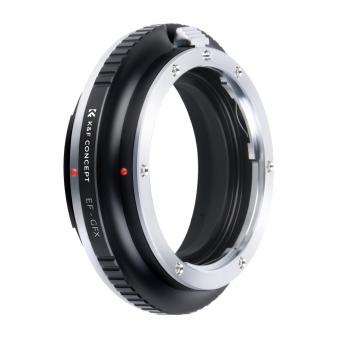
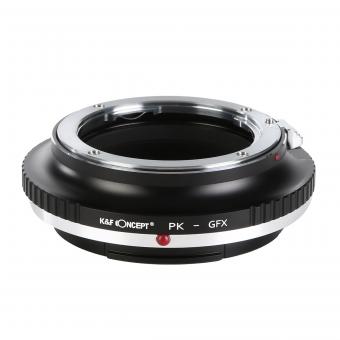
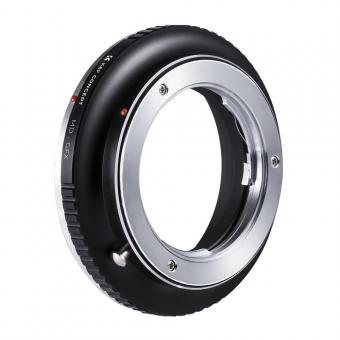
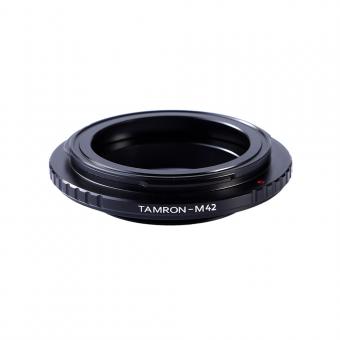




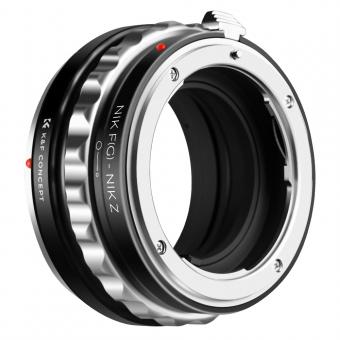





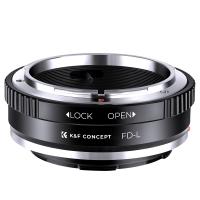






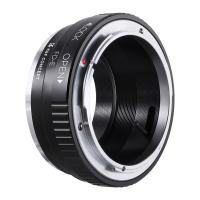










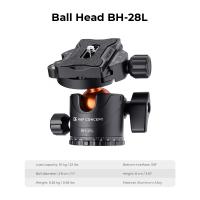

There are no comments for this blog.